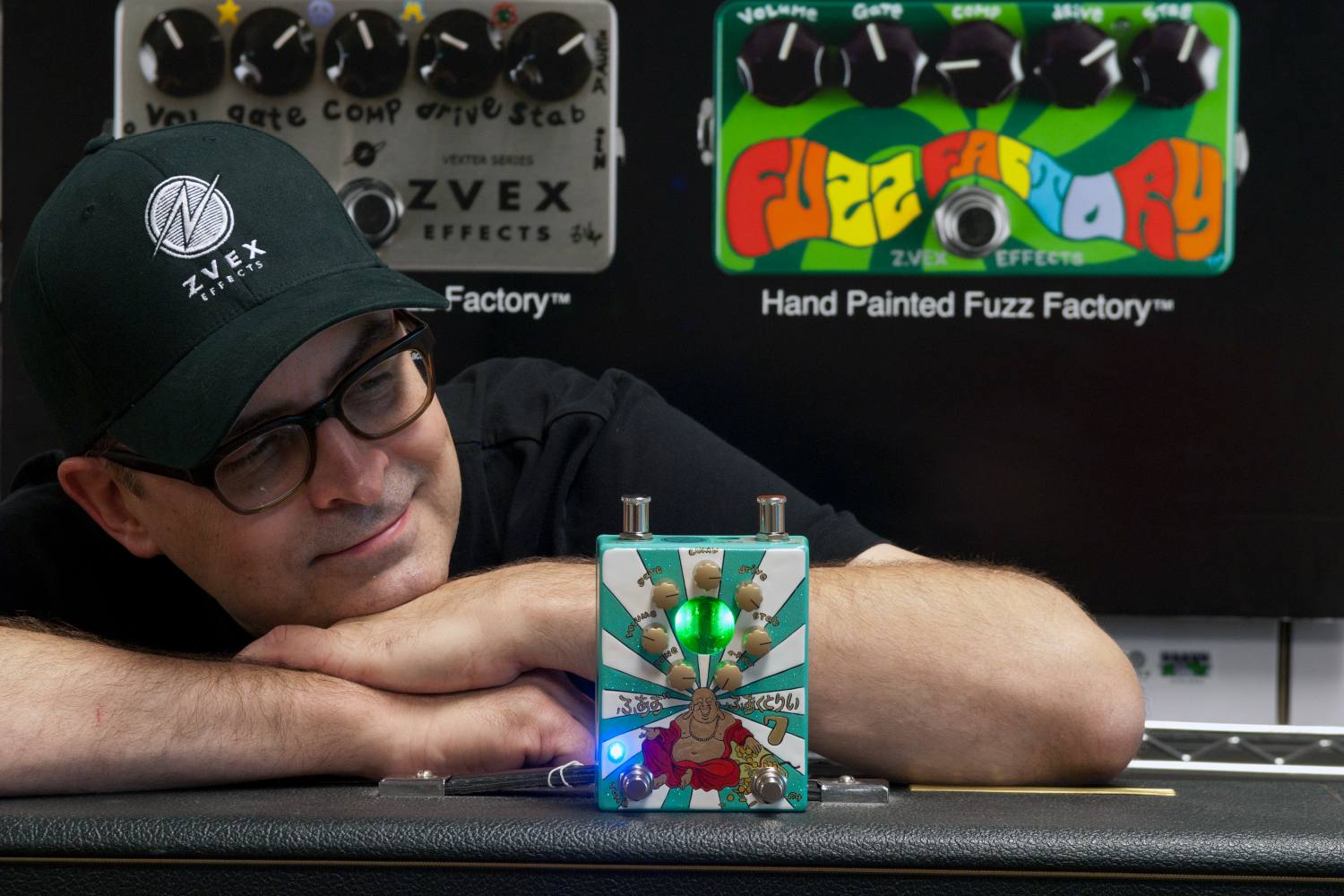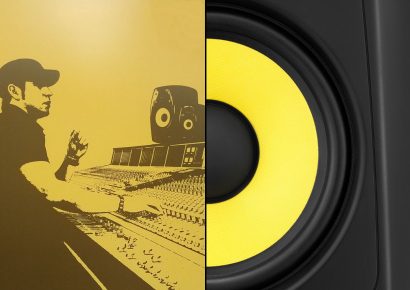How ZVEX effects went from a necessity to stay alive to one of the most renowned and beloved pedal companies
The designer of the legendary ZVEX Fuzz Factory and various other legendary pedals, Zachary Vex is a true bon vivant, a man whose brain is bursting with ideas, stories, and tangents. The first thing you need to know about Zachary Vex is, the guy can talk.
Read up on all the latest interviews, features and columns here.
He’s also hilarious, with a kind of deadpan ‘sounds like he’s being mean but he’s not’ thing that feels almost Australian in its directness. The following interview happened almost by accident while trying to schedule a time to chat: rather than mess around with international time zones and zoom calls, we decided to just jump straight into a phone call, somewhere around 3am for Vex in Minnesota, and evening for your Mixdown reporter in Melbourne.
Both participants were a few drinks into their evenings, not expecting to need to be ‘on’ for an interview, and this article is distilled from a long-ranging conversation on everything from giant phallus paintings to camera crane accidents. We found Vex to be as likeable as he is intelligent, as creative as he is talented, and one of the most fun interview subjects in years.
Mixdown: Hey, nice to meet you. I have one of your pedals in the next room.
Zachary: Don’t start with me. After 27 years of being in this business, you don’t have to say anything about having pedals around or even knowing anything about my pedals, because obviously that’s what I do. I mean, I can’t stop it. It’s not my fault. [Laughs] At this point it’s just a problem.
Haha, yeah, it’s not like this article is to introduce ZVEX Effects to the world or anything. People know your story.
Does anyone really know my story? Give me a quick description, just a really quick description of what you think my story is.
Well basically these beautifully-crazy pedals where there wasn’t really anything doing this before, and you had an approach to graphic design and stuff that I hadn’t really seen before in pedals, but yeah, how about you tell us what your story is.
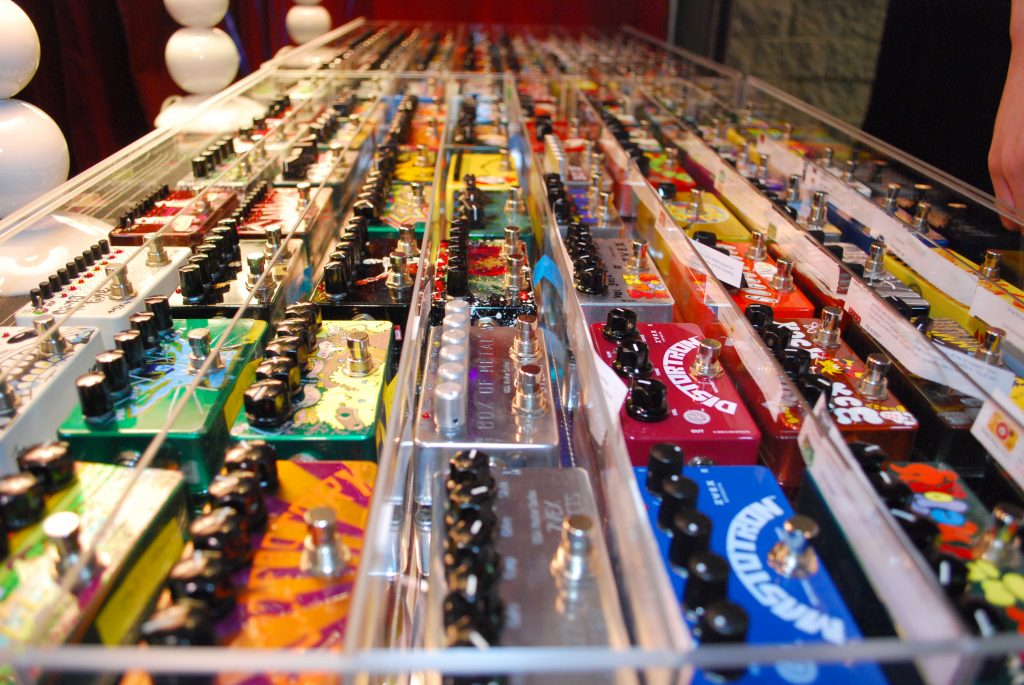
August of 1994 I stopped being a recording engineer because my ears were ringing so badly that I couldn’t do sessions anymore. I was kicked out of the building I was living in, but I was given relocation money by the Minneapolis Community Development Agency. I moved into an apartment and for about a year I had enough money to live without working.
Now, in 1994 there weren’t very many people interested in guitar pedals. It was not a big thing. I went into a store and found a pedal for 15 bucks, a Shin-Ei, this weird wah fuzz thing called the Apollo. I opened it up and the schematic was printed on the battery cover! So I’m staring at the schematic and I was like ‘It doesn’t even make any sense that they would give all the secrets away.’ I built one and the problem with this particular design was, it was so quiet. It was no fun. So I built a booster circuit at the end of it and I jacked up the volume and there was a switch on it that would go between two different positions for tone. One was mid cut, kinda like a scoop, like a heavy metal sort of approach. And the other one was flat, and it was very aggressive. That was the Octane. So I put a pot in there to blend between the two and sure enough, it worked. I had nothing to do because I had money coming in every month for a year. I had quit drinking. I had quit smoking pot. I was totally clean. I was doing nothing except designing electronics.
So I painted a box and put the electronics into the box and I took it to this store called Willie’s run by a fellow named Nate. I held the thing up in the air and said, ‘Hey Nate, I made this.’ He knew me for years. But he knew me as an asshole, some guy who would always show up at his store and screw something up for him. So I hold it up and he looks at me like an asshole who interrupted his sale and he goes, ‘I’ll take three.’ And that’s how I got started. He took three just to get rid of me. And I actually yelled, ‘Nate, you’ve never even heard the thing! You didn’t even listen to it!’ And he goes ‘It’ll sound fine. You’re a recording engineer.’ So that’s how I got into the business. Just because I was an ass. I was aggressive and I forced my way.
By November I was like, ‘Well, what do I do now?’ And he looked me straight in the eye and said, ‘Design me another pedal.’ Like he was my Dad or something, like he was in charge. And I did. I was scared at that point. My cheques had run out. It was the last month I got my last cheque from the government. I had nowhere else to go. Next month I had to start making money making pedals. I had only sold 16 pedals. At tops I probably cleared a thousand dollars in profit total over the whole summer. It was bad. So I stayed up all night and invented the Fuzz Factory and to this day, it is our number one selling pedal.
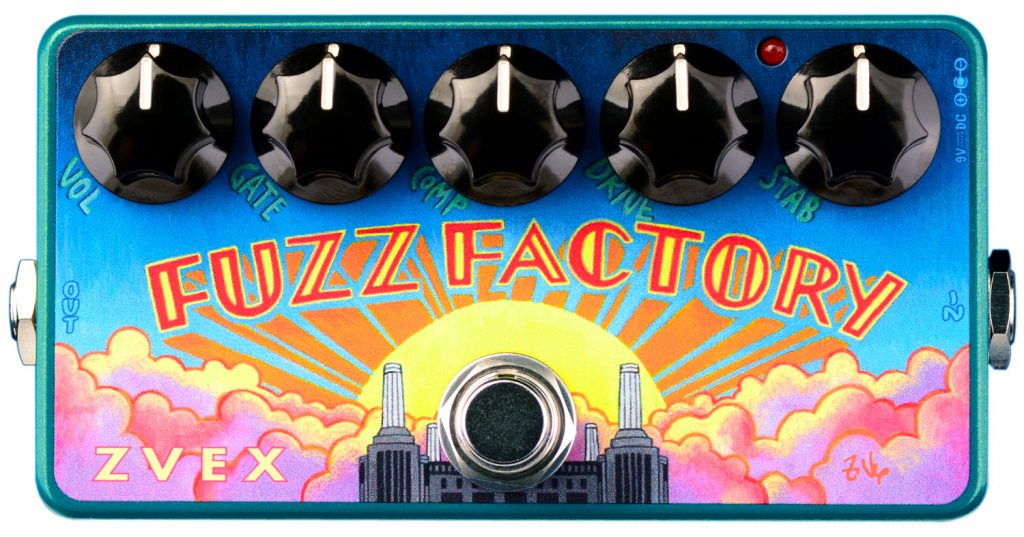
What were you aiming to do with it? Other than, you know, ‘make something to sell tonight!’
Stay alive? I just wanted to not die. I have told this story before but I bought 150 transistors from a surplus place. What they would do is they would go into companies that were bankrupt and take all of their junk and then bring it into their warehouse. It was a retail place and you’d walk in off the street and there would just be piles of junk from different places. They had captured all of this stuff from dilapidated, defunct, and bankrupt companies and they would sell ’em off. I’d walk in one day and they had a plastic bin that had about 150 of these very cute transistors.
They were so cute. I looked at, and I was like, ‘God, these are the cutest transistors I’ve ever seen.’ So I bought ’em all. They were like a dime a piece, you know? So I spent $15 to buy all 150 transistors and they put ’em into a plastic bag for me and I took them home. And then the night that I went home from Nate’s where he said ‘make me a new pedal,’ I went home and I looked at those transistors in the bag and I thought, ‘Oh my God, I’m gonna make myself a Fuzz Face. I’m gonna make the best Fuzz Face ever with the cutest transistors ever. That’s why I’m gonna make my money. It’ll be because the transistors are so cute.’
And then I built it and it just did nothing. So I put in trimpots to adjust the stability and gate. I was gonna turn them to where they sounded good and close it up, but then I thought what the heck, I should just leave it this way. I brought it over to Nate and he looked at it and he said, ‘You’re crazy. Nobody’s gonna want five knobs. They’re not gonna be able to figure out what to do.’ And I was like ‘No, I think it’s just the opposite. You adjust it to the spot where you feel like you’ve created your own sound.’
That’s really cool. I hadn’t put together that those controls were an accident from the development process.
Oh yeah. The whole thing was a giant accident. It was an all-night accident.
I love it. Now, you always seem to be very visual, with the use of the hand painted pedals and all the iconography. Where does that come from? Are you like a visually kind of inspired guy?
Actually it comes from some place that’s a lot simpler than what you’d imagine. When I got started, every single pedal manufacturer was using a silk screen, and I couldn’t afford it. I was so low-budget. My budget was so low that I asked my then-girlfriend to paint guitar pedals for me.
A very interesting person. She, oh my God. She used to do very large paintings, very large, and she was very short. She was like 5’2” and she would paint six-foot paintings. She would have to stand on a ladder to paint them. Anyway, I had a really lucky find where I found this fantastic girlfriend who painted for me for the first year, year and a half, when I was getting started. I built a paint booth for her in the basement of her house, which she was renting. And she painted. And so those pedals are worth a lot these days. If you can find one.
Now Lisa McGrath is our artist. For the last few years she has done, exclusively, every bit of art on ZVEX. I won’t let anyone else touch them right now. You know, we’re ageing, it’s an ageing community. I’m 62 in June. My company, all of our people working for us, we’re all ageing together, you know? And so we gotta look after each other and we take care of each other and we stick together.
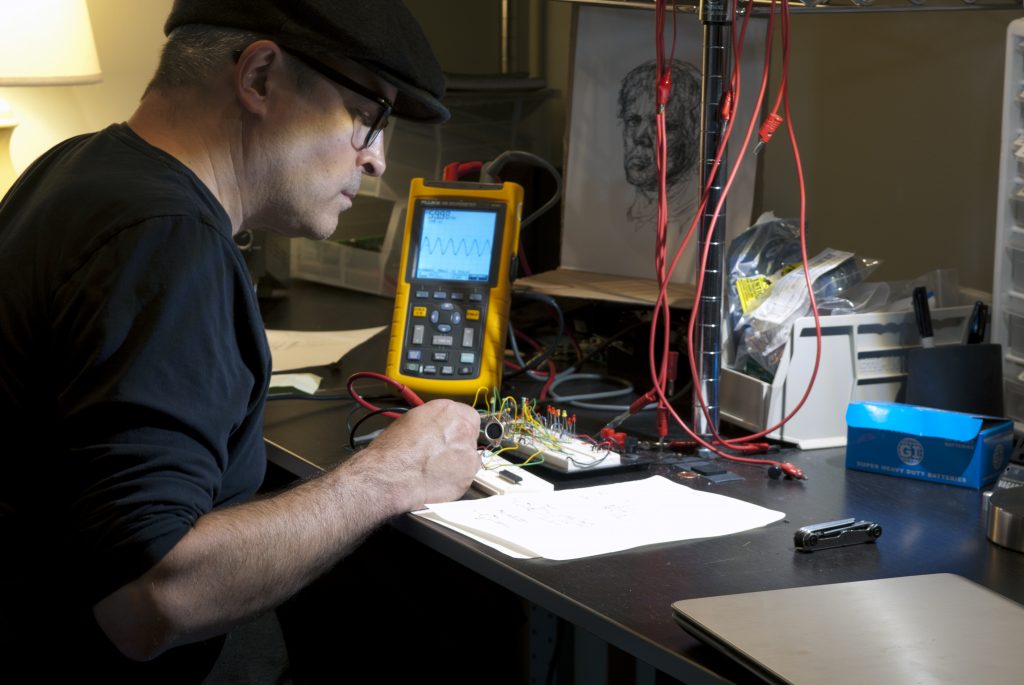
Head to ZVEX Effects for more information. For local enquiries on ZVEX products, reach out to Global Vintage.
